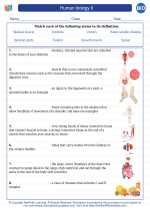Small Intestine
The small intestine is a crucial part of the digestive system, where the majority of nutrient absorption takes place. It is a long, coiled tube located in the abdomen, between the stomach and the large intestine. The small intestine is divided into three parts: the duodenum, the jejunum, and the ileum.
Anatomy of the Small Intestine
The small intestine is approximately 20 feet long in adults and is lined with millions of tiny, finger-like projections called villi. The villi increase the surface area of the small intestine, allowing for more efficient absorption of nutrients. The walls of the small intestine also contain numerous glands that secrete digestive enzymes to further break down food.
Functions of the Small Intestine
The primary functions of the small intestine include:
- Digestion: The small intestine receives partially digested food from the stomach and continues the digestion process using enzymes secreted by the pancreas and its own intestinal glands.
- Nutrient Absorption: The majority of nutrient absorption, including carbohydrates, proteins, fats, vitamins, and minerals, occurs in the small intestine. The villi and microvilli on the intestinal walls play a crucial role in this process.
- Water Absorption: The small intestine also absorbs water from the digested food, which is essential for maintaining proper hydration.
Study Guide
To study the small intestine effectively, consider focusing on the following key points:
- Memorize the three parts of the small intestine (duodenum, jejunum, and ileum) and their respective functions.
- Understand the structure and function of villi and intestinal glands in the small intestine.
- Learn the specific digestive enzymes that are involved in the digestion process within the small intestine.
- Study the process of nutrient absorption in the small intestine, including the role of villi and microvilli.
- Review the overall importance of the small intestine in the digestive system and the absorption of nutrients for the body.
By mastering these key points, you will have a comprehensive understanding of the small intestine and its vital role in the process of digestion and nutrient absorption.
.◂Biology Worksheets and Study Guides High School. Human biology II
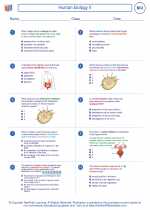
 Worksheet/Answer key
Worksheet/Answer key
 Worksheet/Answer key
Worksheet/Answer key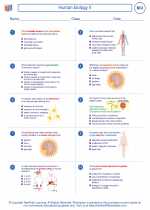
 Vocabulary/Answer key
Vocabulary/Answer key
 Vocabulary/Answer key
Vocabulary/Answer key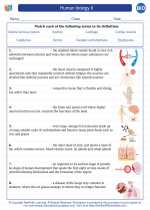
 Vocabulary/Answer key
Vocabulary/Answer key
 Vocabulary/Answer key
Vocabulary/Answer key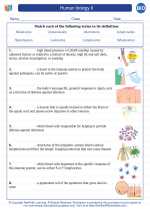
 Vocabulary/Answer key
Vocabulary/Answer key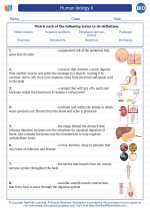
 Vocabulary/Answer key
Vocabulary/Answer key
 Vocabulary/Answer key
Vocabulary/Answer key